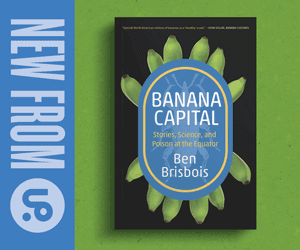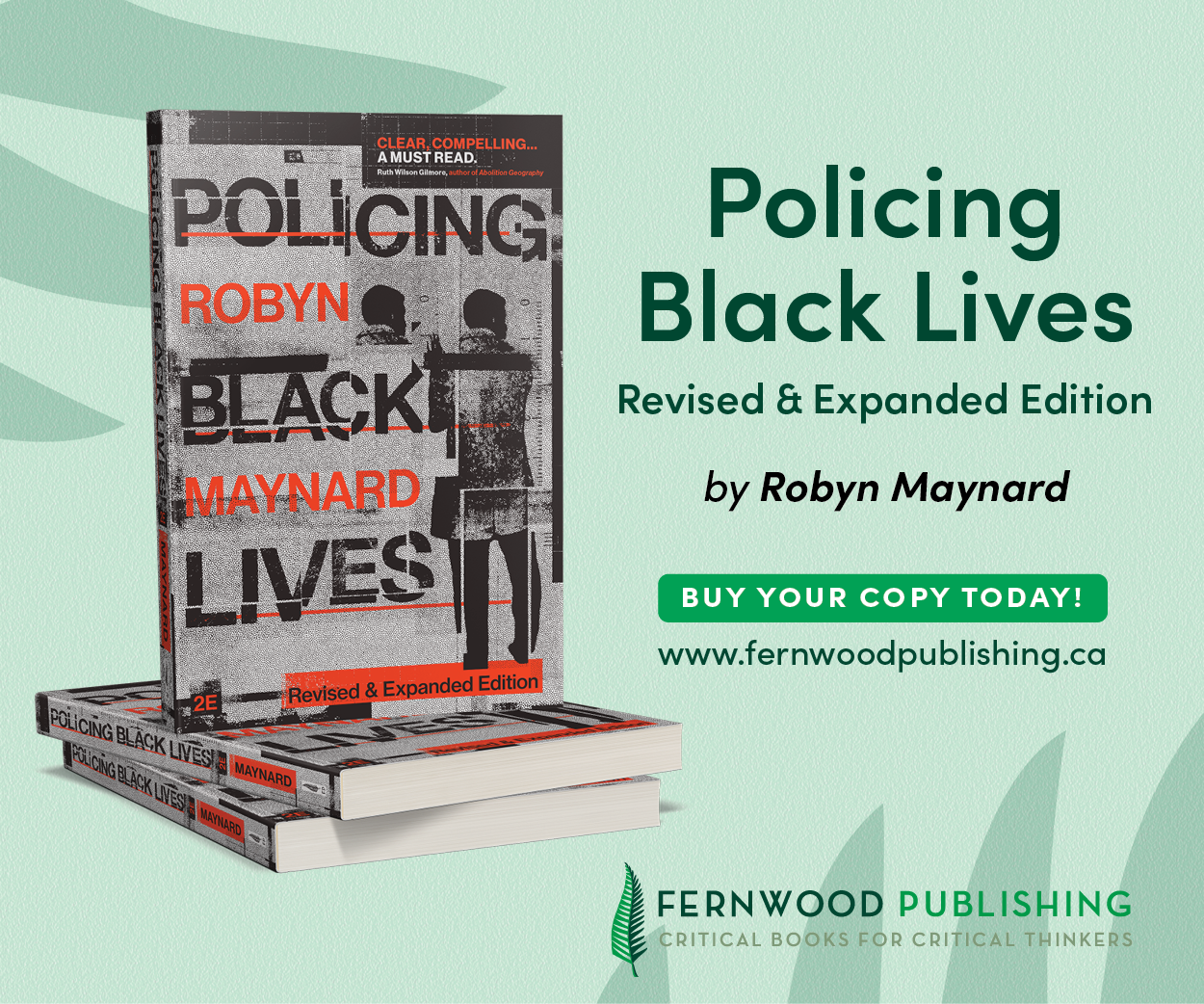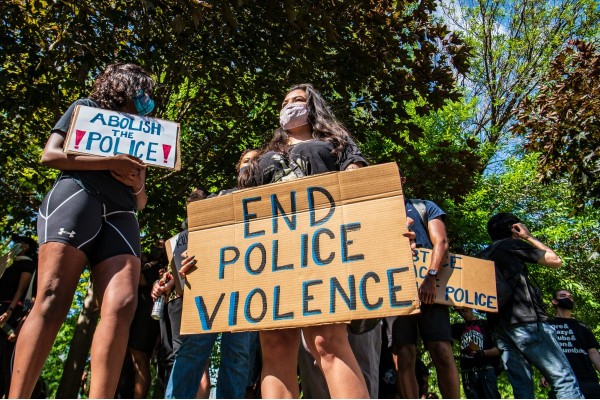Churning up the ground: Laura Hall on horror as the ‘primary film genre of settler colonialism’
Uncovering horror’s colonial roots and the Indigenous perspectives that are reshaping the genre from within

Shauna Macdonald in The Descent (2005). Image courtesy Celador Films.
Countless books have explored the sociopolitical foundations of horror—its entanglements with gender, Blackness, madness, war and capitalism. Yet surprisingly little attention has been paid to the genre’s relationship with settler colonialism, despite the enduring prominence of the “Indian burial ground” trope in the earlier decades of the genre.
Laura Hall, associate professor in sociology at Carleton University in Ottawa, takes up this neglected thread in her sharp and engaging new book, Bloodied Bodies, Bloody Landscapes: Settler Colonialism in Horror. Rather than focusing solely on explicit Indigenous representations—such as the baking powder cans adorned with a headdress in The Shining—Hall argues that horror’s ties to settler colonialism run much deeper. At the core, she suggests, is the genre’s reliance on the binary between “civilization and savagery” (or “Civ/Sav”), a framework that has long structured colonial thought.
According to Hall, this binary shapes many of horror’s most enduring fears: invaders emerging from the woods, pagan spirits haunting the land, or the “civilized” consumed by repressed violence and madness. Together, these narratives position the Indigenous Other as “forever lurking, forever at the periphery.” At the same time, Hall insists that horror should not be dismissed as merely reproducing colonial anxieties. Instead, she sees the genre as a powerful space for subversion, reimagining, and critical debate.
Canadian Dimension spoke with Hall about her book, which releases today via the University of Regina Press. A launch event is scheduled for September 18 at Octopus Books in Ottawa.
How did you first become interested in horror?
There were a lot of starting points. My cousin and I rented some VHS tapes and we watched Night of the Demons and Sleepaway Camp III. In Sleepaway Camp III, there’s a scene where a woman is buried up to her neck, and then Angela runs over her with a lawn mower. And I remember thinking, What? What kind of movie is this?
Then there’s that moment in Friday the 13th Part 2, when the “final girl” from the first film opens her fridge at night—and there’s a head inside. My brothers described that scene to me so vividly that it was like I’d seen it, even though I hadn’t. For years, if I got up at night for a glass of water, I’d open the fridge and half expect a head to be there. I know that sounds terrible, but it was also fun to be scared.
In grade school, I even wrote a play called Friday the 13th Part… I don’t know, 10. All the kids—especially the boys—wanted to be in it. I didn’t have enough roles, so I dressed up as Jason and just started dispatching everyone on stage until the teacher finally shut it down, saying, “No, this is too much.”
Another big influence was my dad showing me Elvira: Mistress of the Dark. She was hilarious, recapping and mocking B-horror movies late at night. When the Elvira movie came out in the late-80s, I was kind of smitten. I didn’t understand why at the time, but I started writing fan fiction about her movies.
Maybe it’s just because I was born in the late-70s and grew up in the 80s, but horror was everywhere. I was hooked early. Later, as an adult, I was watching The Descent and thought, I can’t believe they’re making another Indigenous cannibal story. That frustration is what pushed me to start writing the book.

A core argument in your book is that Indigenous people are present in horror far more than explicit tropes like the Indian burial ground, and that “all have markers of settler colonial projections of the content of Indigeneity.” You also describe horror as the “primary film genre of settler colonialism” and that it might be a “central genre in the perpetuation of constructions of Indigenous-Othering.” Can you explain this argument and provide a few of the major examples of it?
There’s been a lot of scholarship on the Gothic that highlights guilt over invasion and the destruction of Indigenous societies as central to the genre. I don’t really see a sharp divide between Gothic and horror—I like the theorists who emphasize their overlap. I think of scholars like Philip Deloria, who writes about othering, and others who examine how Indigenous people have been projected as both monstrous and, at the same time, wild and free—embodying something settlers both fear and desire.
It’s a big ask, but what I’m really calling for is some introspection about whiteness, and about how whiteness and settler colonialism are bound together. At the same time, I want to acknowledge that I do find these films entertaining and fascinating. I can critique them and still enjoy watching them—even laugh when, say, two women start fighting the crawler cannibals while tribal drums pound in the background. I know exactly what I’m watching. That doesn’t mean I can enjoy everything; I’m definitely more scathing about the really blatant cannibal films. And honestly, I don’t understand why Cannibal Holocaust is considered sacred by anyone.
Indigenous people have long identified this “Indigenous cannibal” genre as a problem. We keep pointing out: Indigenous people are still here, still resisting colonialism. Stories of resistance and renewal are emerging all the time. For example, I’m writing now about a Land Back case where the Onondaga Nation regained a thousand acres of land to steward Lake Onondaga and Onondaga Creek. Meanwhile, this film genre keeps circling the same territory: the anxious settler family in Poltergeist, the home invasion films of the 2010s, or the anxious settler outlaws in the Scream movies.
So you have these patterns around settler colonialism that persist even as Indigenous people say, look, there’s an alternative: here’s James (Sákéj) Youngblood Henderson talking about the treaty commonwealth. Here’s Susan Hill’s book, The Clay We Are Made Of, talking about Haudenosaunee land tenure on the Grand River. Despite this, settler colonialism keeps reiterating these repetitive stories that go back to Cowboys and Indians, the frontier of the civilization-versus-savagery binary. That idea—that all humans start in “savagery” and progress toward “civilization”—even shows up in commentary by horror directors themselves.
When I say it’s the genre of settler colonialism, I mean it’s a genre that tries to be introspective and tries to churn up the ground. But what’s tricky—or sometimes paradoxical—is that this very stirring and anxiety often ends up reinforcing settler colonial categories and hierarchies. I’m not just saying horror is just this terrible genre. It’s a genre worthy of serious analysis, and analysis by decolonial and Indigenous scholars in particular.
You describe the monstrous Indigenous-feminine as North American horror’s deepest fear and greatest desire. What does this look like in horror and what are a few examples of this?
The most obvious example is the witch. Philip Deloria and others have discussed early wood carvings of America, showing what the continent looked like to European colonizers. Many of these images depict Indigenous women naked, but not in a neutral way. The nudity is meant to shock the European viewer. In one “discovery of America” image, a Native woman is speaking to a man, and behind her, it looks like a leg is roasting on a fire. That imagery, along with what Federici explores in Caliban and the Witch about the invention of the cannibal, shows how cannibalism became a European accusation against Indigenous peoples in the Americas.
This is a very gendered phenomenon, tied up with European paranoia and the hunting of women as witches. That pattern repeats in the Americas, including in Salem. Even in something as seemingly lighthearted as Hocus Pocus, the witches are still cannibals—they’re chopping up kids and stewing them. You can’t escape it. Even though these witches are European women, they’re coded as savage: living in the woods, eating people, practicing magic, observing pagan holidays. A slightly less obvious example is the witch as vampire. I’m especially interested in how the lesbian vampire embodies these notions of savagery as well.
Another, more subtle example is the final girl. Sometimes she’s the innocent white woman, surrounded by friends dying around her, forced into a fight for survival. But there’s another kind of final girl who emerges bathed in blood, her survival increasingly intense and extreme as the films progress. Take the final girl in The Texas Chainsaw Massacre: she’s pulling nails out of her hands, crashing through windows, running in circles to evade capture. By the end, she’s laughing, covered in blood—the ending is ambiguous.
There’s a really uncomfortable tension in horror between the final girl’s innocence and her willingness to “devolve.” And then there’s the question of whether she returns to “normal.” Once she’s “devolved,” has she gone the way of the “savage,” or will she return to suburbia and marry the sheriff? I’m more interested in how this rereading of the final girl opens up conversation, rather than interpreting it in a strict sense.
The “final girl” in The Texas Chain Saw Massacre (1974).
I can foresee a type of argument that we shouldn’t be taking movies at face value and there’s always room for different interpretations. How do you navigate this tension between the idea that art and culture is not supposed to be clearcut and what you’ve been convincingly arguing, that horror is often reproducing really quite reactionary anxieties around invasion and these sorts of things?
There’s nothing about any story that can’t be further discussed. Even if a story seems set in stone, stone can wear down over time and be reshaped. The way we see stories can always change and always be unpacked, and that’s fine. Honestly, it’s also kind of funny. My message is just: relax. Don’t hold on so tightly. It’s okay to be a little upset. Nostalgia is something that lives in your body and that you’re invested in, but over time, you can loosen your grip a bit. Loving the Nightmare on Elm Street movies, for example, doesn’t mean they’re impossible to analyze critically.
If art is meant for multiple interpretations, then it’s also meant to be examined in terms of how power relations show up. If my interpretation bothers someone, that’s fine, they’re entitled to their own reading. I love that. And there’s an emerging number of Indigenous scholars with a range of interpretations of something like the final girl. There’s room for that diversity.
This isn’t a new conversation. bell hooks talked about representation; the #MeToo movement has addressed it as well. We live in a dominant storytelling world that’s often inaccessible to many people—Indigenous people, Indigenous women, Indigenous queer folks, people with disabilities, or those living in poverty. You hear someone say a film was made on a “shoestring budget” of $800,000—but where do you even get that kind of money? Making a horror movie is hard, and even low-budget films often involve significant resources.
I’m interested in opening up this conversation. It’s a great question because it might make some people hesitate to engage, but I don’t want that. I want more people to have uncomfortable conversations, even if it annoys them. Take The Lost Boys: Grandpa is a lovable character, but he’s also a frontiersman who literally uses his own fence stake to kill the final vampire, a queer-coded, urban figure. I read these things in interesting ways, but I’m not saying you have to love every part of horror. I think we can all embrace being a little weird as fans of the genre—and create space for more people to make these films.
There are now plenty of super creative and subversive horror movies being made by Indigenous and Black filmmakers in North America and throughout the Global South. Given your analysis on the past and present of horror—and specifically its reliance on some really terrible fears and tropes—how much liberatory potential do you see in these reinventions? Will horror always be inherently burdened by these origins or can it be broken away from?
If I’m saying horror is the genre of settler colonialism, it’s also a genre that can grapple with the hard truths of settler-colonial violence. Both things are equally true. I’m interested in the idea that settler colonialism is violence—a point made repeatedly by numerous Indigenous authors, filmmakers, and scholars, including Celeste Pedri-Spade, who is brilliant. About eight years ago, I was giving a talk on Christmas horror and said, “Indigenous people should chime in on this because there’s all this strange interest in paganism in Christmas horror.” Someone responded, “Oh, horror—it’s goofy, it’s silly, why analyze it?” Celeste was the one who said, “Colonialism is horror.” And she’s right. Horror is a genre we can use to unearth all this. The academic work in this area is fantastic; I especially love Kali Simmons’ work. We just met, and we’re both doing this work—I promised her I’d give her a shout-out in every interview.
I also love Slash/Back. It riffs on The Thing as an invasion story—an all-white, male scientific colony in the Arctic, echoing English exploration narratives in Inuit territory. But Slash/Back flips that on its head: it’s an Arctic film about the people who are actually from that place, feminist in focus, and centered on the resilience of Indigenous youth. I’m completely enamored with it. I also love Darlene Naponse’s Falls Around Her, which essentially reinvents the home invasion movie with an older Native woman as the protagonist.
Michelle Derosier’s The Moth is an end-of-the-world story, and it raises an important question: what do Indigenous people say about the end of the world? Not that the world is ending—it’s about challenging that linear narrative. Settler colonial destruction of the planet is not inevitable, and horror offers a space to explore these possibilities. Right now, I’m writing something that asks: how does an Indigenous mom deal with losing her kids? It’s inspired by my family’s history, going back to my grandfather’s residential school experience. I don’t want to exploit those stories, but the questions of loss and grief are always present. A character I keep revisiting in my work tends to embody that: managing grief while continuing to live and do the work of life.
There’s so much potential for Black and Indigenous Gothic, horror, and speculative fiction about future realities. People keep asking for a prequel to Sinners, but honestly, I want a sequel! I want to see the Choctaw vampire hunters in a hundred years. This overlapping, revolutionary storytelling is incredibly exciting. I’ve been giving lectures to students, and I have to admit—many of them got excited about content creation. Now we’re collaborating on projects, and they’ve been willing to sit through these rereadings, work through discomfort, and ask, “How can we continue this work and revolutionize storytelling?” It’s inspiring to see them engage with this alongside the work of other Native creators.
This interview has been edited for clarity and length.
James Wilt is a Winnipeg-based freelance writer. His latest book is Dogged and Destructive: Essays on the Winnipeg Police.










